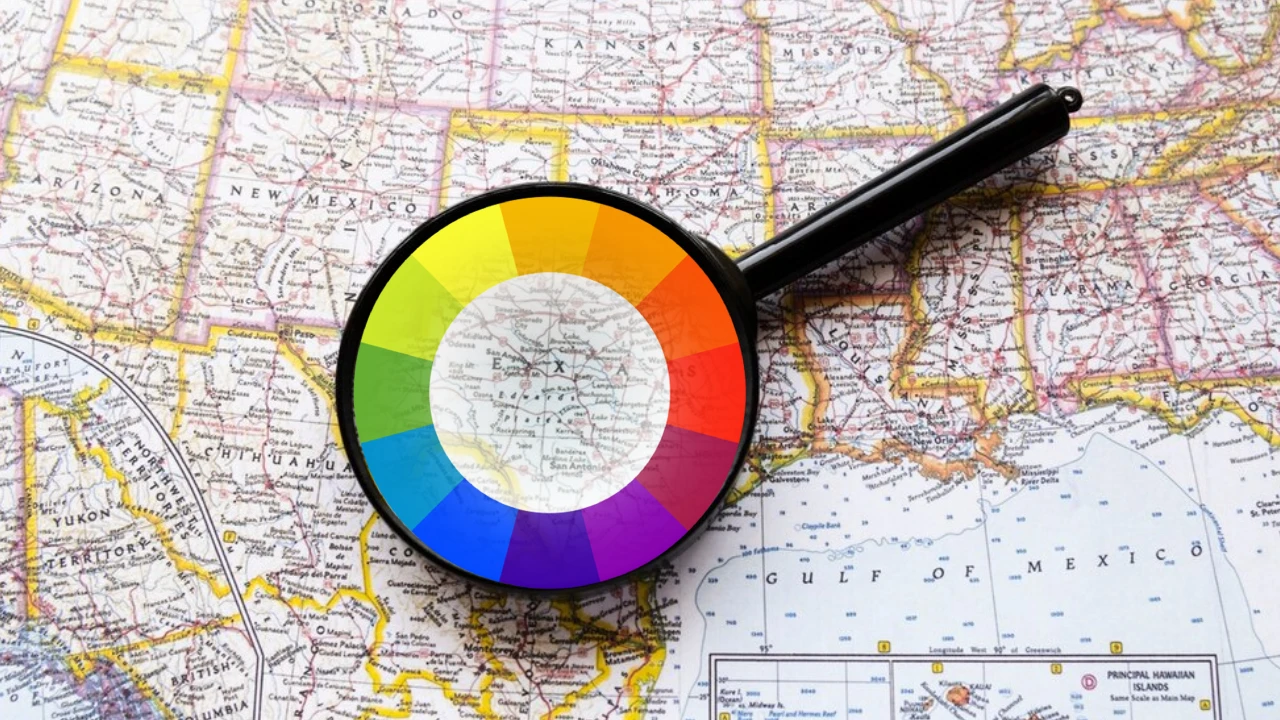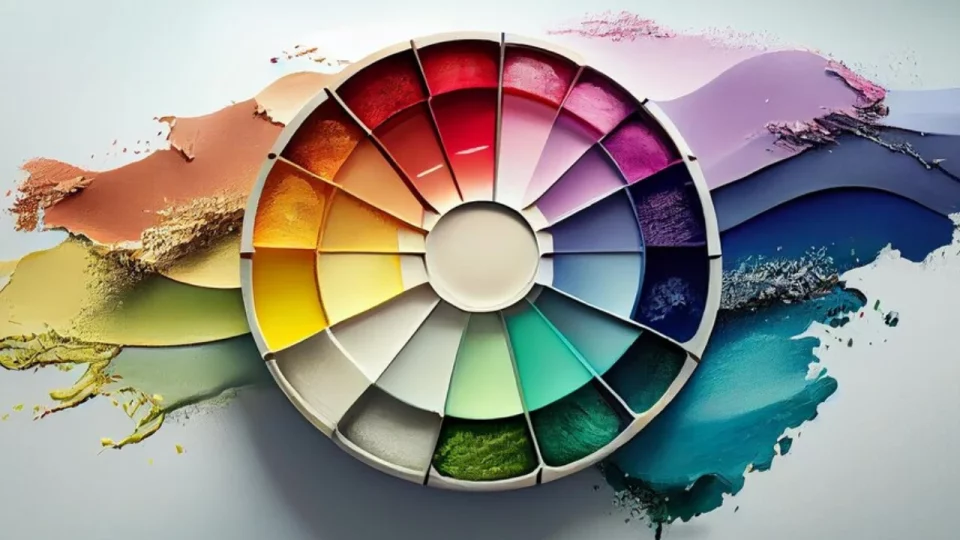Colors play a profound role in human life. Beyond their visual appeal, they carry deep cultural, psychological, and emotional significance.
While the scientific study of color might focus on wavelengths and light perception, the cultural interpretation of color reveals fascinating insights into how societies assign meaning, shape traditions, and express identity.
Table of Contents
🔴🟠🟡🟢🔵🟣 The Language of Color in Culture
In every culture, colors act as a visual shorthand for communication. Unlike words, which require translation, colors evoke immediate associations, though these associations can vary drastically depending on context. For example, red might signify good fortune and prosperity in China, while evoking danger or passion in Western cultures. These associations are not random but are often deeply rooted in history, religion, geography, and societal norms.
Red: A Color of Passion and Power
Red is perhaps one of the most culturally diverse colors in its symbolism. In China, it is the color of happiness and celebration. From red wedding dresses to red envelopes gifted during Lunar New Year, this vibrant shade represents joy, prosperity, and vitality. This connection to good fortune is tied to ancient Chinese mythology, where red was believed to ward off evil spirits.
Conversely, in many Western cultures, red conveys extremes: love and anger, passion and danger. The association with love likely stems from its connection to the heart and blood, symbols of life and deep emotion. On the darker side, red has been used in war and revolution, symbolizing courage, rebellion, and sacrifice.
White: Purity or Mourning?
The color white is another fascinating study in contrasts. In Western cultures, white is synonymous with purity, innocence, and new beginnings, which explains its traditional role in wedding attire. However, in many Asian cultures, white is associated with death and mourning. In places like Japan and India, white is worn at funerals as a representation of the soul’s journey to purity and the afterlife.
This divergence in meaning highlights how cultural perceptions of color are shaped by spiritual beliefs. While Western societies celebrate life’s beginnings with white, Eastern societies honor life’s end with the same shade, creating a striking cultural duality.
Black: Fear, Power, and Elegance
Few colors carry as much duality as black. In Western cultures, black is often linked to mourning, death, and the mysterious unknown. This association with darkness and fear likely stems from its connection to night and the absence of light.
Yet, black also exudes sophistication and authority. From the “little black dress” to black-tie events, this color has become a hallmark of elegance. In many African cultures, black represents maturity, leadership, and spiritual energy, proving that even a color often associated with grief can carry positive connotations.
Green: Life, Nature, and Religion
Green, the color of nature, is universally tied to growth, renewal, and vitality. Its significance is amplified in cultures that rely heavily on agriculture. For instance, in many Islamic cultures, green holds religious importance, symbolizing paradise and divine blessings. The Prophet Muhammad is often associated with this color, and it frequently appears in Islamic art and architecture.
In Western cultures, green has evolved to represent environmentalism and sustainability. However, its meanings are not always positive; in the English language, the term “green with envy” illustrates its connection to jealousy.
Blue: Tranquility or Divinity?
Blue is another color with rich cultural significance. Across many societies, blue symbolizes calmness, stability, and trust. In corporate branding, it is often used to evoke reliability, which is why banks and technology companies frequently choose blue for their logos.
In contrast, blue holds sacred meaning in many religions. For example, in Hinduism, blue is associated with Lord Krishna, who represents divine love and compassion. In ancient Egypt, blue symbolized the heavens and the Nile River, tying it to both divinity and life-giving water.
Yellow: Joy, Energy, and Caution
Yellow’s bright, sunny hue often makes it a symbol of happiness and energy. In countries like India, yellow is associated with turmeric, a sacred spice used in religious ceremonies, symbolizing sanctity and prosperity. Similarly, Buddhist monks wear saffron-colored robes as a sign of humility and detachment from materialism.
However, yellow can also signify caution or cowardice in Western cultures. From traffic signs to the phrase “yellow-bellied,” the color carries a mix of positive and negative connotations depending on the context.
How Geography Influences Color Symbolism

Geography plays a significant role in how cultures perceive color. In desert regions, the scarcity of water makes blue and green more revered, as they symbolize life and fertility. In contrast, tropical regions with lush greenery might emphasize bright, warm colors like red, orange, and yellow, reflecting the vibrancy of their environment.
The availability of natural dyes historically influenced color associations as well. In ancient Rome, purple was the most expensive dye, made from rare sea snails, which is why it became associated with royalty and wealth. Similarly, the rich red of cochineal dye in pre-Columbian America gave the color sacred significance in Aztec rituals.
Modern Globalization of Colors
In the age of globalization, traditional color meanings are blending and evolving. Media, fashion, and technology have created a more universal language of color, while also diluting some cultural distinctions. For example, Western brides’ preference for white wedding dresses has influenced similar trends in non-Western countries, even in cultures where red was the traditional choice.
Similarly, green’s association with environmentalism has become a global phenomenon, transcending its earlier cultural meanings. These shifts illustrate how cultural exchange reshapes the way societies interact with and interpret color.
The Psychology of Colors Across Cultures
Psychologists have long studied how colors affect emotions and behaviors. While cultural meanings of colors are learned, certain psychological effects appear universal. Red, for example, increases heart rate and creates a sense of urgency, which is why it is often used in marketing and warning signs. Blue, on the other hand, tends to have a calming effect, making it ideal for spaces like hospitals and bedrooms.
Yet, these psychological effects can interact with cultural interpretations. A red dress might evoke confidence in one culture while signaling inappropriate behavior in another, illustrating how deeply intertwined psychology and culture are when it comes to color.
